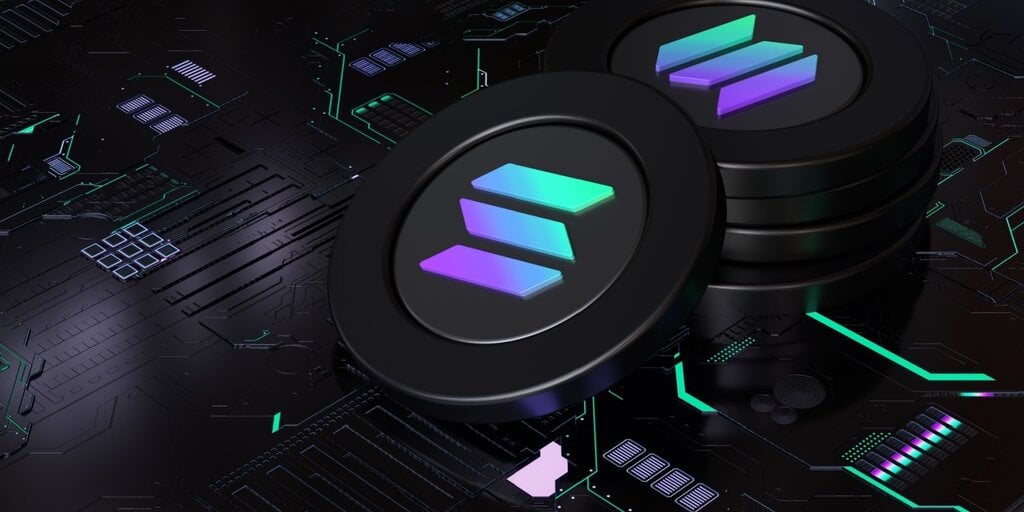Solana developers have created a quantum-resistant vault that uses a decades-old cryptographic technique to protect users’ funds from possible quantum computer attacks. The solution, called Solana Winternitz safe, implements a hash-based signature system that generates new keys for each transaction.
The vault addresses a known vulnerability in blockchain technology: quantum computers could potentially crack the cryptographic algorithms that secure digital wallets. When users sign transactions, they reveal their public keys, which could theoretically be used by sufficiently powerful quantum computers to derive their private keys via the Elliptic Curve Digital Signature Algorithm. (These stories may help you understand a little more about that topic.)
The vault currently exists as an optional feature and not as a network-wide security upgrade, so there’s not really a split in sight. This means that users must actively choose to store their funds in these Winternitz Vaults instead of regular Solana Wallets so that their funds are quantum-proof.
“The irony is not lost on me that we are using Lamport’s work to secure Lamports,” wrote Dean Little, the developer behind the project, explaining that the vault uses a cryptographic protocol called Winternitz one-off signatures.
The system works by generating 32 scalar private keys and hashing them 256 times to create a public key. Instead of storing the entire public key, the program stores just a hash of it for verification. Every time a transaction takes place, the safe is closed and a new one is opened with new keys.
If all this jargon sounds strange, consider this imprecise but apt analogy: If you ask for a new credit card every time you pay, no hacker can guess its number before you pay.
“While no one can hash backwards, anyone can hash forward from a previous value,” Little explains. This means that each signature has approximately a 50% chance of being compromised for future transactions—Therefore, the safe generates new keys after each use.
Quantum resistance before it was cool
Although the implementation of Solana represents an important step for the network, quantum-resistant cryptography in blockchain is not new. David Chaum, often referred to as the “godfather of crypto,” launched Praxxis in 2019 specifically to tackle quantum computing threats. His team developed a consensus protocol that promised to overcome scalability, privacy, and security challenges while remaining resilient to quantum attacks.
The conversation around quantum resistance in crypto has been around for a while. It gained momentum following Google’s announcement that it was “quantum supremacyin 2019. Their 53-qubit computer demonstrated unprecedented computing power, performing calculations in 200 seconds that would take traditional computers more than 10,000 years. More recently, Google’s Willow chips were able to perform calculations in 5 minutes that would take 7 septillion years, using the fastest supercomputers currently available.
However, researchers from Cornell University noted that breaking a 160-bit elliptic curve cryptographic key would require about 1,000 qubits – far more than what is currently available. Despite this, several blockchain projects are not waiting. For example, QAN claimed to achieve “quantum hardness” in beta, while other protocols have quietly upgraded their cryptographic foundations.
Some experts claim that quantum computing power could grow at a double exponential rate—this is known as Neven’s law. This prediction has prompted more blockchain developers to implement quantum-resistant solutions, even as full quantum computers are still years or decades away from posing a real threat to current cryptographic standards.
So focusing on quantum resistance may seem like overkill for many crypto projects, but Web3 developers all want to be two steps ahead. If you don’t believe us, ask yourself why chains that process no more than a few hundred transactions per second spend so many resources on support thousands and even millions number of transactions per second.
Daily debriefing Newsletter
Start every day with today’s top news stories, plus original articles, a podcast, videos and more.



